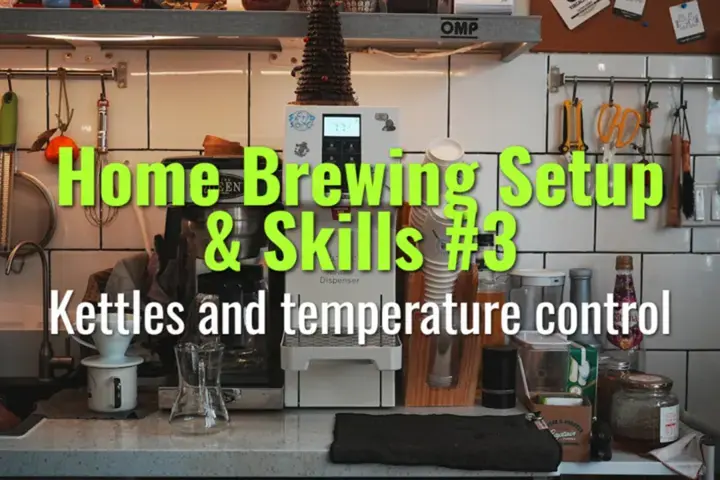Kettles and temperature control
The role of kettles and temperature control in home brewing, and how to choose the right tools for precision and consistency.
- Coffee Basics Nerds
- 1 min read
Article 3 of 12 in Home Brewing Setup & Skills/

Why Kettles Matter
- Water delivery affects extraction, flow control, and consistency.
- Precision kettles help achieve stable pouring patterns and accurate brewing temperatures.
Types of Kettles
- Standard Electric Kettles
- Simple, fast boiling.
- No temperature control, limited precision.
- Gooseneck Kettles
- Narrow spout for controlled pouring.
- Essential for pour-over methods (V60, Chemex, Kalita).
- Stovetop Kettles
- Affordable, but less precise and slower.
Temperature Control Options
- Non-Control Kettles
- Require manual waiting or thermometer.
- Water may cool inconsistently.
- Variable-Temperature Electric Kettles
- Digital settings (often 40–100 °C / 105–212 °F).
- Maintain water at target temp for extended periods.
- Smart Kettles
- Bluetooth/app integration for programmable profiles.
- Useful for home enthusiasts dialing in recipes.
Recommended Brewing Temperatures
- General Range: 90–96 °C (195–205 °F).
- Lighter roasts: closer to 96 °C for full extraction.
- Darker roasts: closer to 90 °C to avoid over-extraction/bitterness.
Practical Considerations
- Capacity: Small kettles (600–800 ml) for single brews; larger for batch brews.
- Speed: Faster heating elements improve workflow.
- Safety: Auto shut-off and insulated handles.
- Build Quality: Stainless steel preferred for durability.
Summary
A kettle is more than a water heater—it’s a precision brewing tool. Gooseneck spouts and variable temperature control dramatically improve accuracy, consistency, and flavor outcomes in home coffee brewing.